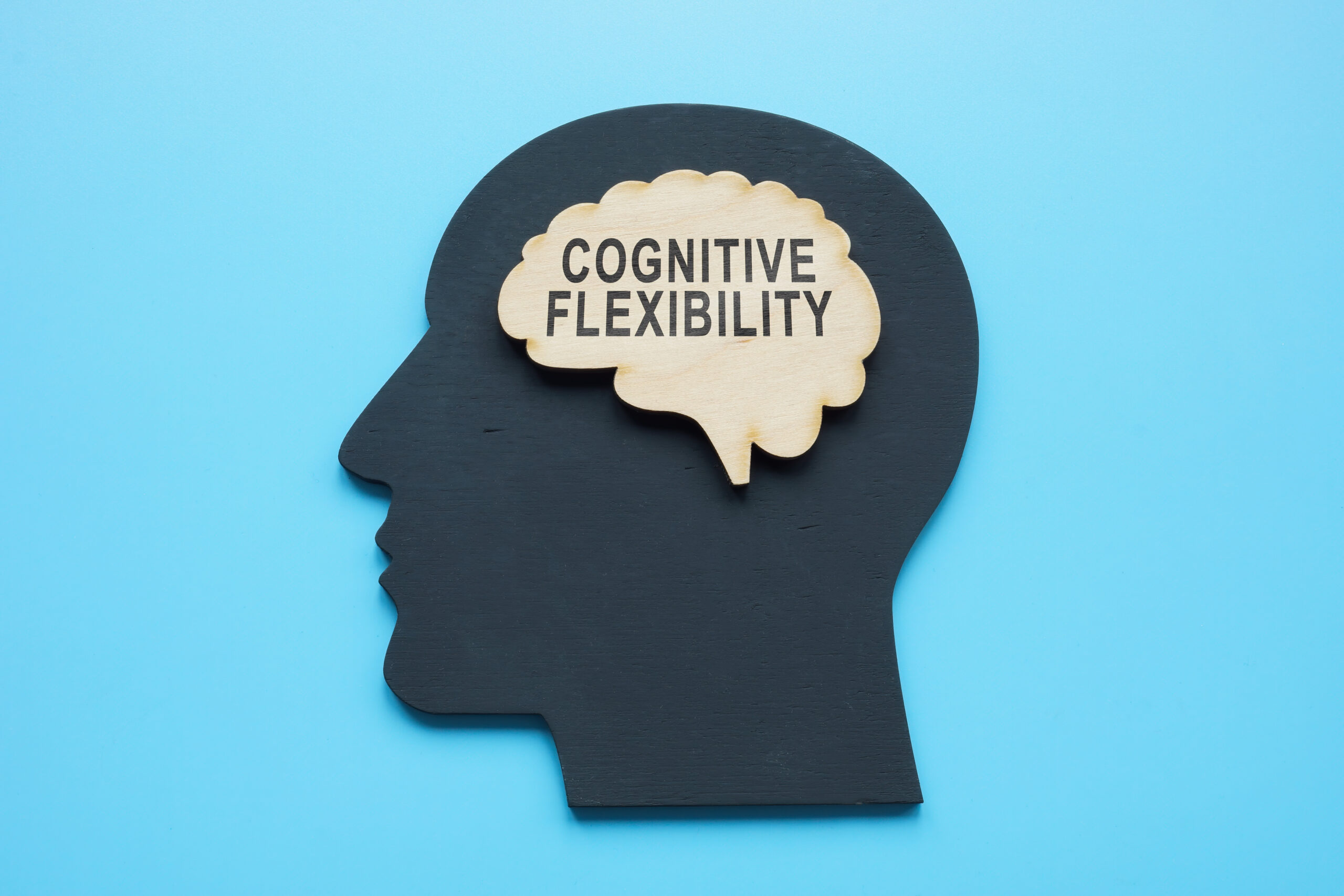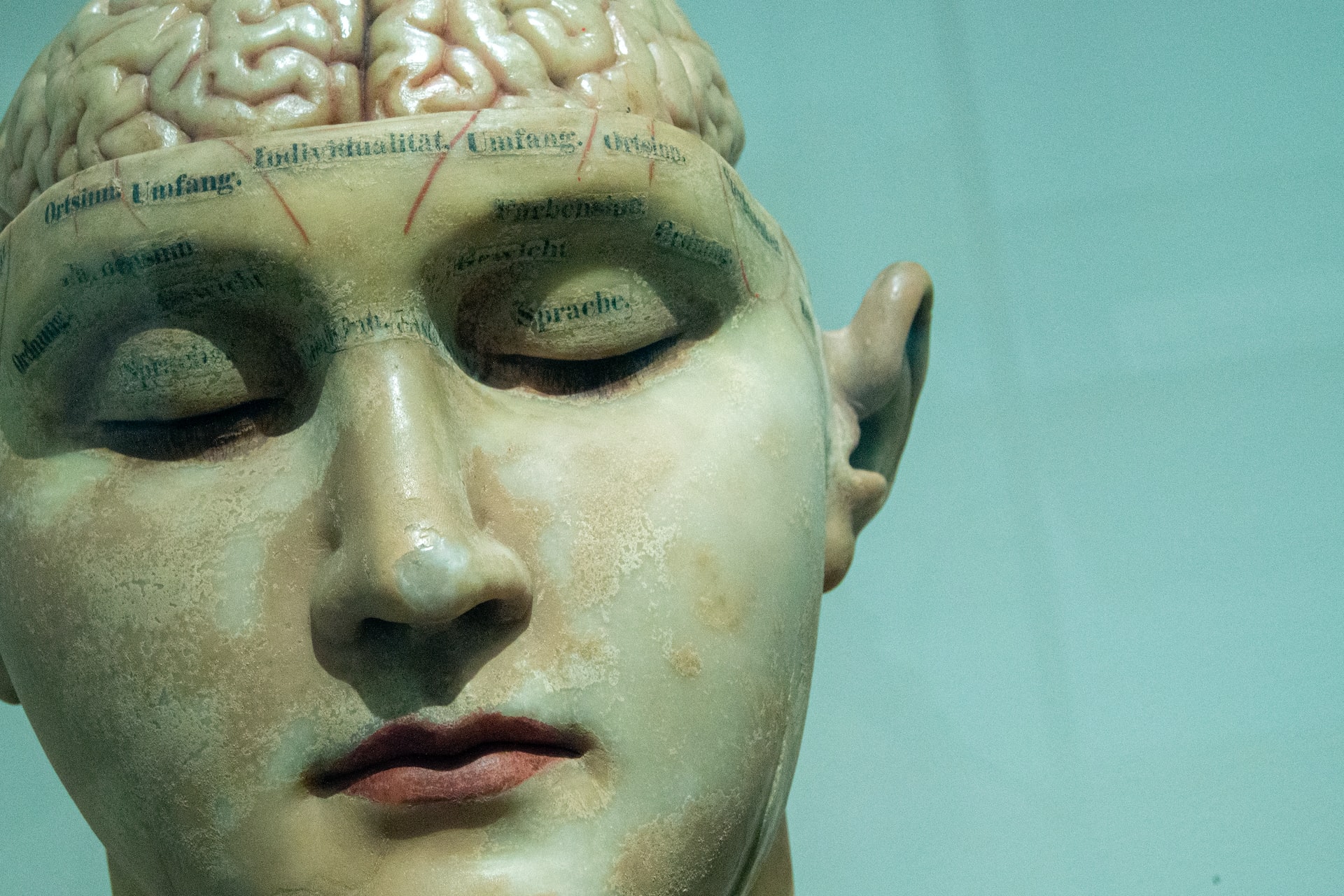Kinesics in Alzheimer’s Nonverbal Behavior
Alzheimer’s disease is a progressive neurodegenerative disorder that primarily affects the elderly population. It is a disease that impacts not only the affected individual’s ability to remember and think, but also their physical and emotional reactions. With the deterioration of cognitive abilities, the individual with Alzheimer’s may experience changes in their nonverbal behavior, known as kinesics.
Kinesics refers to the study of body movements, gestures, and facial expressions and how they contribute to communication. It plays a crucial role in human interaction, and it is no different for individuals with Alzheimer’s. As the disease progresses, changes in kinesic behavior can be observed, which can help caregivers and loved ones better understand the person with Alzheimer’s and improve their overall care.
Facial expressions are vital in communicating emotions, and they play an essential role in nonverbal communication. However, in Alzheimer’s patients, these expressions can become limited or even absent. This is due to the deterioration of the brain’s frontal lobe, which controls facial expressions and emotions. As a result, individuals with Alzheimer’s may have a flat affect, making it difficult for caregivers to read emotions accurately.
In addition to facial expressions, body language can also undergo changes in individuals with Alzheimer’s. The disease affects the motor skills, leading to changes in gait, posture, and overall body movements. This can result in slower and unsteady movements, making it challenging for individuals with Alzheimer’s to perform everyday tasks such as walking or picking up objects.
Moreover, hand gestures can also be affected by Alzheimer’s disease. It is common for individuals with Alzheimer’s to fidget or repetitively perform certain hand movements. This may be due to agitation or anxiety caused by the disease. These behaviors can serve as nonverbal cues for caregivers to recognize when their loved one is feeling distressed or overwhelmed.
Another aspect of kinesics that is affected by Alzheimer’s is eye contact. Maintaining eye contact is a crucial part of communication, and it allows individuals to connect and express themselves. However, individuals with Alzheimer’s may have difficulty maintaining eye contact due to confusion or disorientation. They may also avoid eye contact, which can be a sign of fear or discomfort.
Kinesics also includes vocal cues such as tone and pitch. Individuals with Alzheimer’s may experience changes in their voice, such as speaking more slowly or in a monotone. This can make it challenging for caregivers to understand the person’s needs or emotions. Moreover, as the disease progresses, individuals with Alzheimer’s may lose the ability to speak altogether, making nonverbal cues even more critical in communication.
It is important to note that these changes in kinesic behavior are not the same for every individual with Alzheimer’s. The progression and severity of the disease can vary from person to person. Some may exhibit more noticeable changes in kinesic behavior, while others may only experience subtle changes.
Understanding kinesics in Alzheimer’s nonverbal behavior is crucial for caregivers and loved ones to provide the best care possible for individuals with the disease. By recognizing these changes, caregivers can better understand their loved one’s emotions, needs, and discomfort. It can also help them develop alternative ways of communication, such as using gestures or pictures, as the disease progresses.
Moreover, kinesic behavior can also serve as a diagnostic tool for healthcare professionals. Changes in nonverbal behavior can be an early sign of Alzheimer’s disease, and by recognizing these changes, healthcare professionals can intervene earlier and provide appropriate care and support.
In conclusion, kinesics in Alzheimer’s nonverbal behavior is a vital aspect of communication that can greatly impact how individuals with the disease express themselves and interact with others. By understanding these changes, caregivers and healthcare professionals can better provide care for individuals with Alzheimer’s, improve their quality of life, and maintain meaningful connections with their loved ones.





